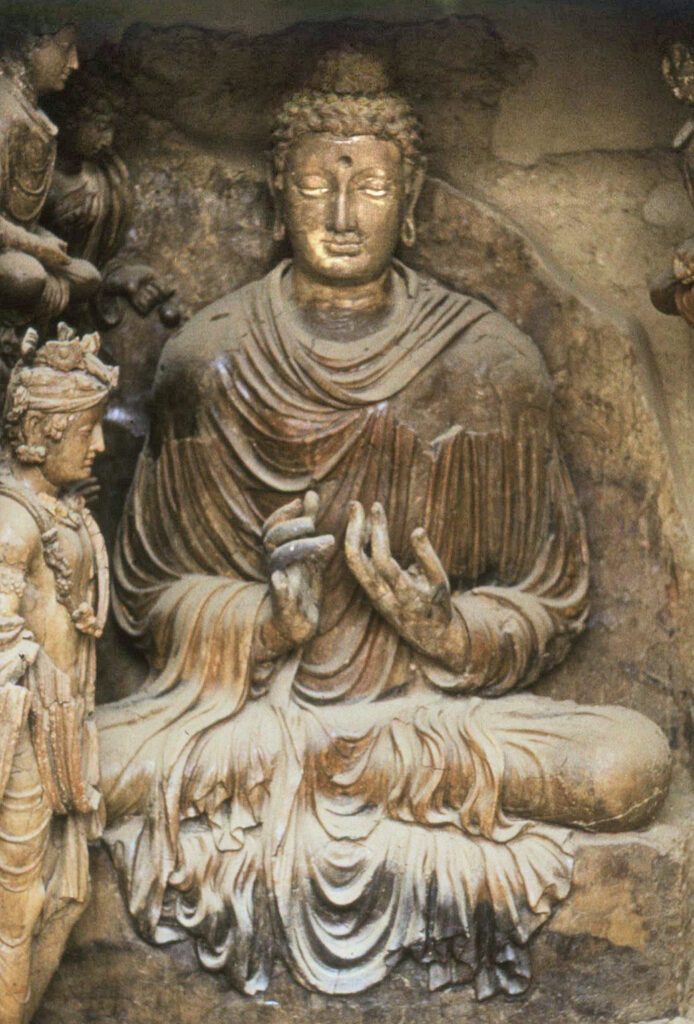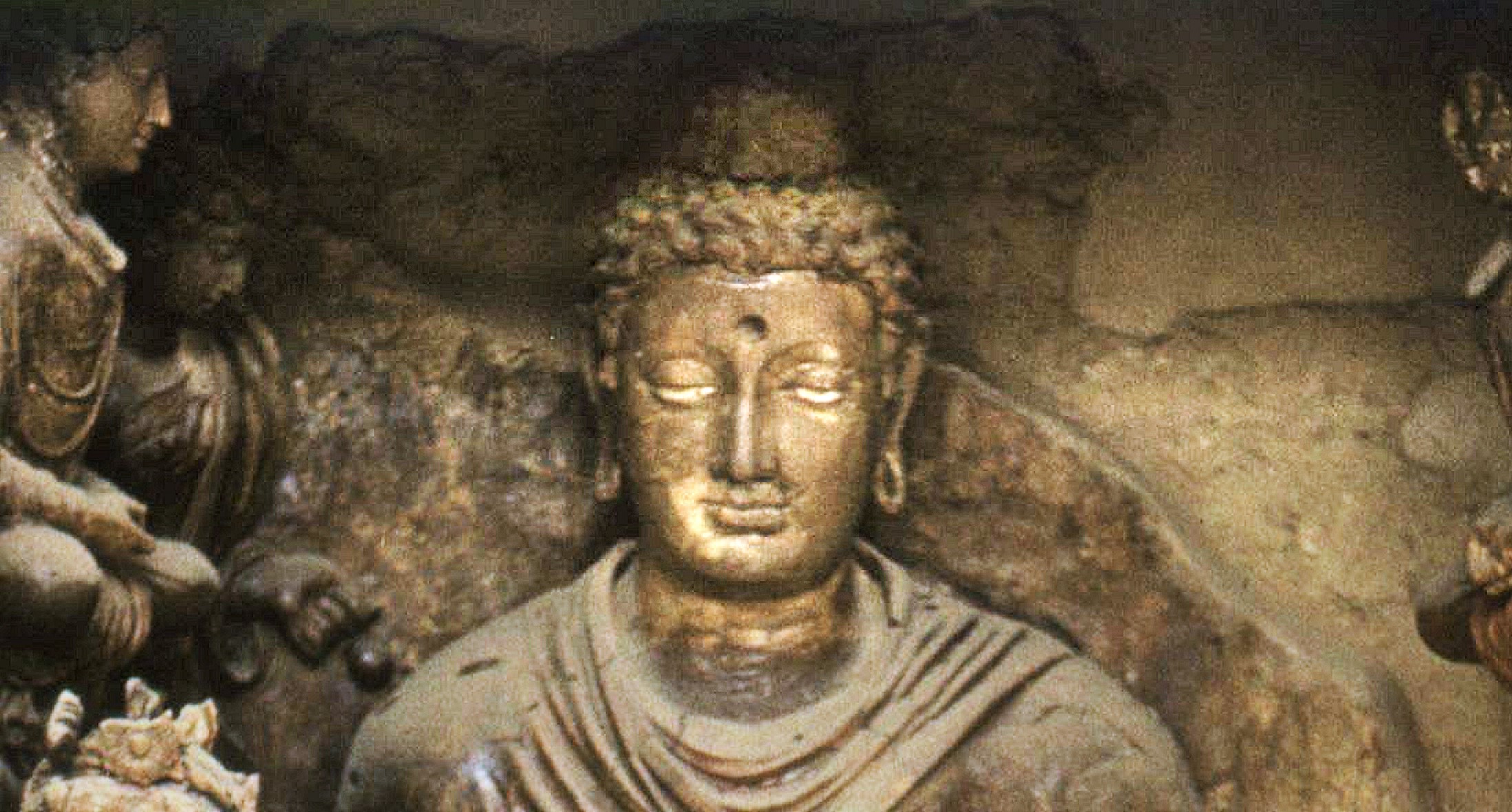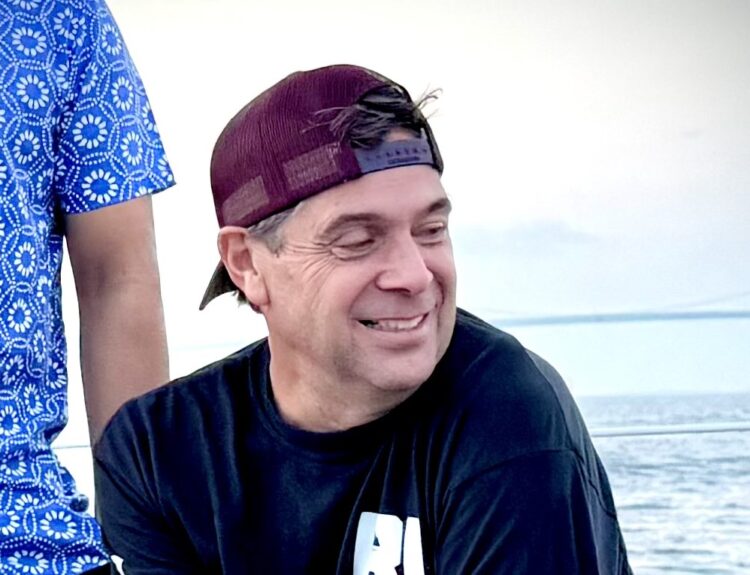Resting one’s attention on the present moment can be a balm for mental health
PROVIDENCE — Many people have heard the word “mindfulness” before, but what does mindfulness actually mean?
Mindfulness can be defined as “the quality or state of being conscious or aware of something,” according to Oxford Languages Dictionary.
While mindfulness is a concept that has become increasingly more popular in the past couple of years, the practice of mindfulness is ancient and has been around for millenia, according to Tosca D. Braun, a licensed clinical research psychologist and researcher at Care New England (which owns Kent and Butler Hospitals) and a teacher of mindfulness and self-compassion.
“Mindfulness was originally articulated in the teachings of the historical Buddha, in ancient India,” Braun said. “In that standpoint, mindfulness really refers to seeing things in a particular way, in a way that’s freeing, so that allows us to engage with our experience in the world without certain patterns in the mind that creates suffering, craving and clinging.”

The Buddha taught in the ancient language called “Pali,” and in this language, mindfulness can be interpreted as “Sati,” which is translated as “remembering,” Braun said. The Buddha’s idea of mindfulness meant that when we rest our attention to the present moment, we are open to remembering the truth of who we really are, Braun said.
There are many common misconceptions about what mindfulness is and what it means to be mindful, Braun said. At its core, she said mindfulness is about being in the present moment, not about turning off your thoughts, and it includes all senses, like sight, taste, touch, smell, sounds and emotions.
Braun said that often there is an image that comes along with what mindfulness is, which is someone sitting cross legged with their eyes closed. Mindfulness as a practice is also open and available to all people, regardless of race, gender, ability or social class.
“People can report that they have a particular image of cultural groups that are more and less likely to practice, and I always say that this practice was developed by and for folks of color in ancient India, and now it’s really spread and it’s accessible globally which is a beautiful thing,” Braun said.
So, how can people practice mindfulness? The Buddha taught four postures; seated, standing, lying down and walking. The one that Braun usually recommends that beginners start out with is seated, in a chair with support from the low back all the way to the feet being on the ground.
Once seated, Braun recommends starting with three deep breaths down into the belly to “get a sense of the nervous system and to release whatever’s there.”
The next step in the practice is to find an “anchor,” which is a place that one can rest their attention on and allow the attention to return to again and again, Braun said. For many people, the anchor is the breath, but others like to focus on the points of contact between the body and the Earth or to focus on an external sound.
Self-compassion, patience and generosity are all large parts of mindfulness that can often be left out of the Western definition of the practice, Braun said, and are all important.
She explained that oftentimes, when people hear the word “compassion,” they leave themselves out of the equation, only focusing on being compassionate and kind to others while beating themselves up on the inside. A large part of mindfulness is separating the self from the thoughts and simply noticing what thoughts enter the brain non-judgmentally. If one looks at themselves with more compassion and generosity, it will trickle into other parts of their life, making them more compassionate towards others as well.
“Any time that the attention drifts or wanders, thinking about the future or remembering the past, you just say ‘oh, my mind wandered,’ and you treat it with a lot of warmth and kindness, just like you’d invite a puppy or kitten back to a task of training or whatever that might be, you gently invite the mind once more back to the breath,” Braun said.
Braun said that with practice and over time, people may find that they’re having the same thoughts as they did before, but that certain thoughts that used to have a lot of emotional intensity might lose their “charge.”
But mindfulness does not only include meditation or the act of breathing with one’s eyes closed, Braun said, explaining that mindfulness can be brought to any aspect of human experience. An informal mindfulness practice can be a great option for those who feel like they might not have enough time in the day to sit and meditate.
An informal mindfulness practice can be done while washing dishes, folding laundry, taking a shower, or any other part of one’s day that is routine, Braun said. Bringing the attention to what’s going on in that present moment, such as the droplets of water running down the skin in the shower or the smell of the dish soap while washing the dishes, is a practice of mindfulness within itself.
One can also practice mindfulness by simply sitting down for a couple of minutes each day to be with the self without any distractions, Braun said. Some people that she knows will say to themselves “I’m just going to sit down for three minutes and breathe.” Oftentimes, those people find that they end up staying there for much longer than three minutes, but it all started with the commitment to the self.
The surge in popularity of mindfulness comes after a “tough couple of years,” Braun said, referring to situations such as the COVID-19 pandemic, social unrest and climate change that have heavily impacted many people’s mental health worldwide.
“In that context, it makes complete sense that people would be seeking for something to help alleviate the suffering in themselves and the world,” Braun said.
Finding a community and a teacher to help guide through the practice of mindfulness is extremely helpful, especially for those just starting out, according to Braun. She mentioned the Rhode Island Community of Mindfulness, which is composed of six meditation groups. Additionally, at centers like Butler Hospital, one can sometimes request a therapist that does mindfulness based therapy, and oftentimes they can incorporate that into some of the programming.
Another opportunity is Shri, the Pawtucket-based yoga outreach organization headed by Alison Bologna, co-anchor of WJAR Channel 10’s News Sunrise. The organization annually serves nearly 9,000 people statewide, including children, adults, individuals living with disabilities, veterans, men and women in recovery, incarcerated youth and the general public.
“At Shri we offer free outreach programs partnered with social service agencies, hospitals and schools, and our approach, from the financial to the physical, is to make the practice of mindfulness more accessible,” Bologna told Ocean State Stories.
“Every class at Shri is rooted in the ‘Shri Curriculum,’ and we approach mindfulness in a safe community setting, after movement, in age-appropriate ways. All Shri teachers are trained on the curriculum so tone and language are appropriate, reflecting the real-world needs of our community as we strive to decrease toxic stress and promote health equity. Our approach is also secular. That’s key in outreach, especially working with veterans and in schools.”







